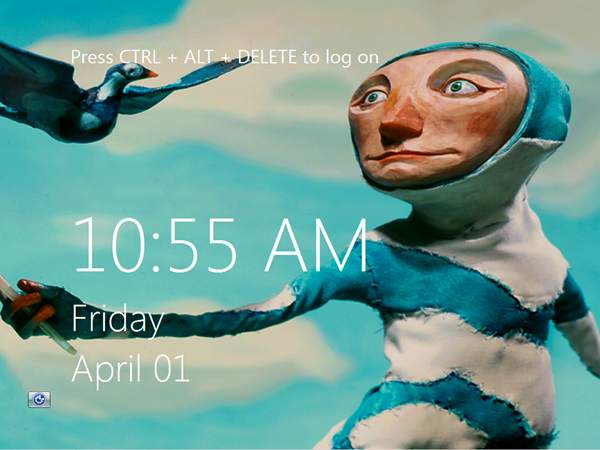Microsoft exec Steve Sinofsky has taken to the blogosphere in an effort to explain the revamped UI (user interface) powering Redmond’s long-awaited Windows 8.
Specifically, Sinofsky attempted to explain how the Metro style user interface – which he described as “fast, fluid and app-centric” – will co-exist with the traditional Windows desktop.

“We believe there is room for a more elegant, perhaps a more nuanced, approach [with Windows 8]. You get a beautiful, fast and fluid, Metro style interface and a huge variety of new apps to use,” Sinofsky wrote on Microsoft’s Building Windows 8 blog.
“You get an amazing touch experience, and also one that works with mouse, trackpad, and keyboard. And if you want to stay permanently immersed in that Metro world, you will never see the desktop – we won’t even load it (literally the code will not be loaded) unless you explicitly choose to go there! This is Windows re-imagined.”
However, Sinofsky was quick to emphasize that users who preferred a desktop experience with precise control, powerful file management, and compatibility with existing programs and devices, would have those options right at their fingertips.
“You don’t need to change to a different device if you want to edit photos or movies professionally, create documents for your job or school, manage a large corpus of media or data, or get done the infinite number of things people do with a PC today.
“If you don’t want to do any of those ‘PC’ things, then you don’t have to and you’re not paying for them in memory, battery life, or hardware requirements. If you do want or need this functionality, then you can switch to it with ease and fluidity because Windows is right there. Essentially, you can think of the Windows desktop as just another app.”
Sinofsky ended his blog post by reiterating that the versatile Windows 8 would offer users the best of both worlds: the traditional desktop and sleek Metro UI.
“If you want to, you can seamlessly switch between Metro style apps and the improved Windows desktop. Existing apps, devices, and tools all remain and are improved in Windows 8.
“On the other hand, if you prefer to immerse yourself in only Metro style apps (and platform) and the new user experience, you can do that as well,” he added.






